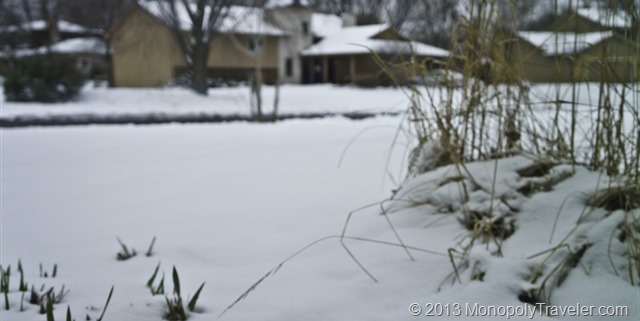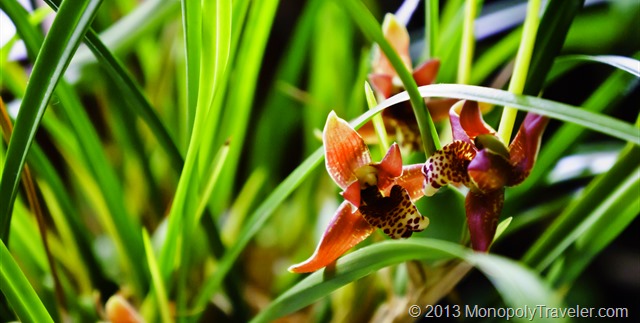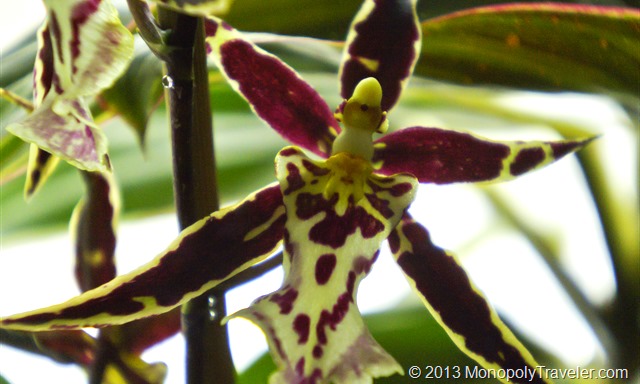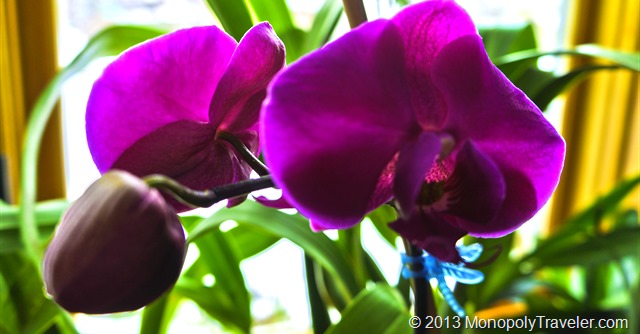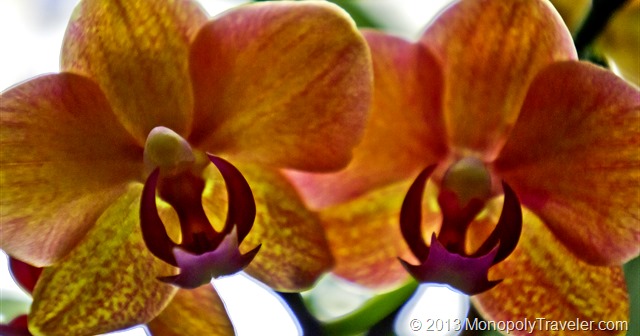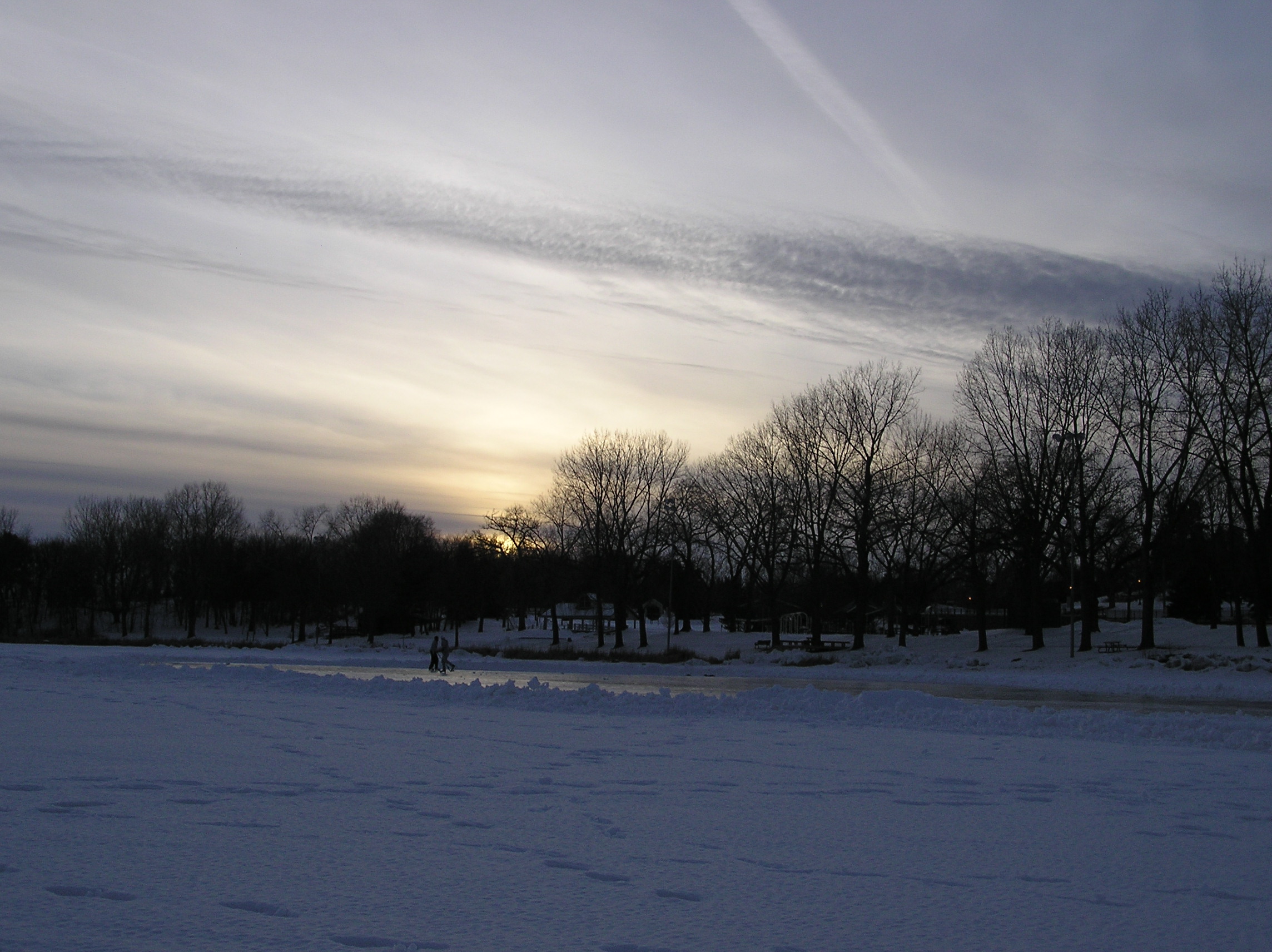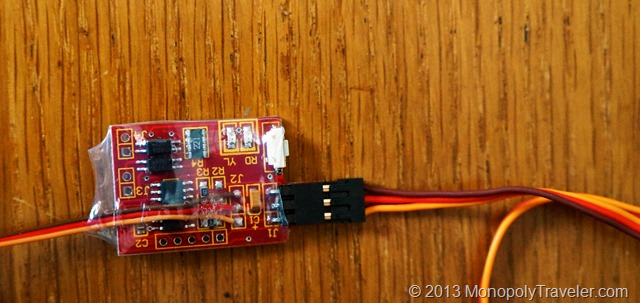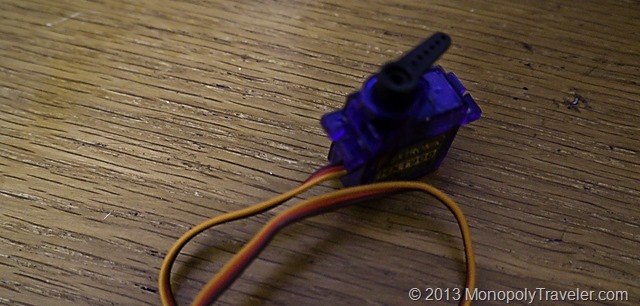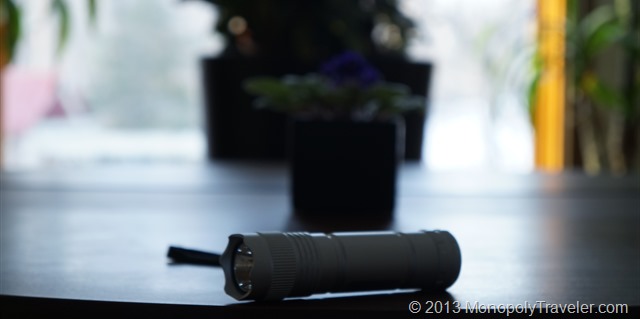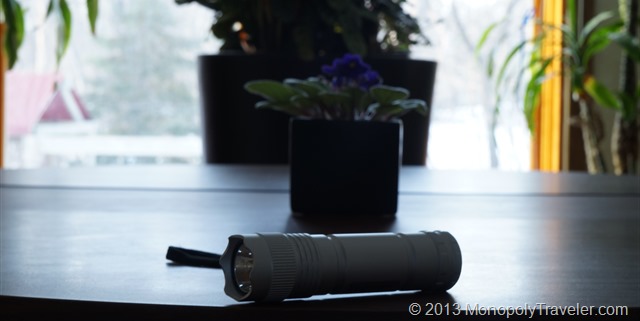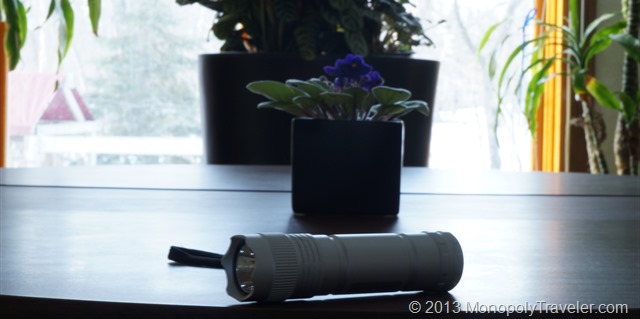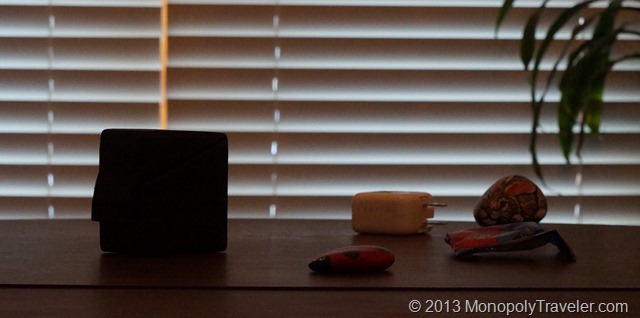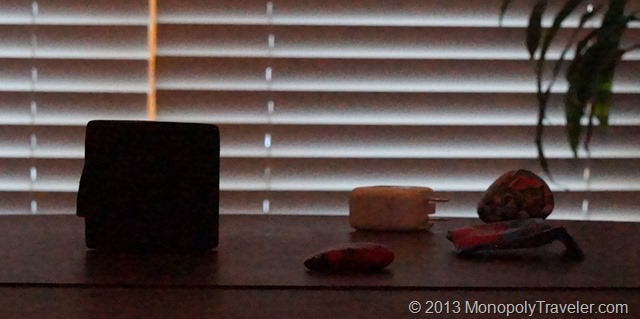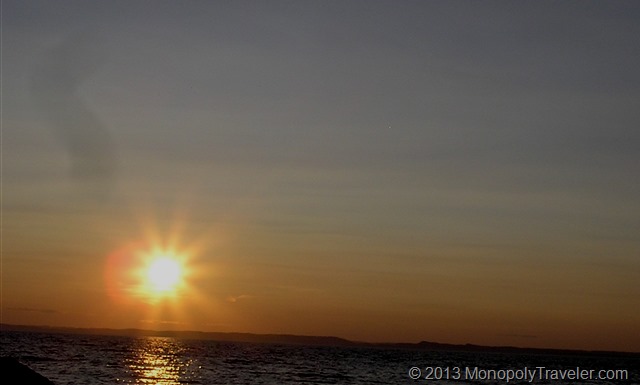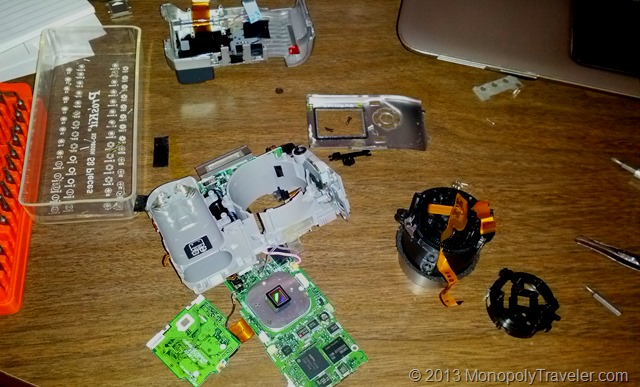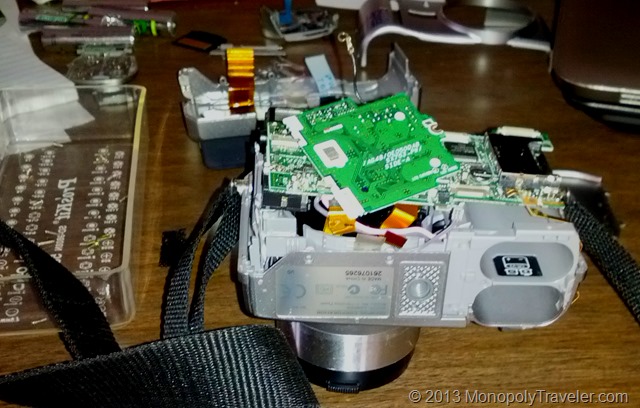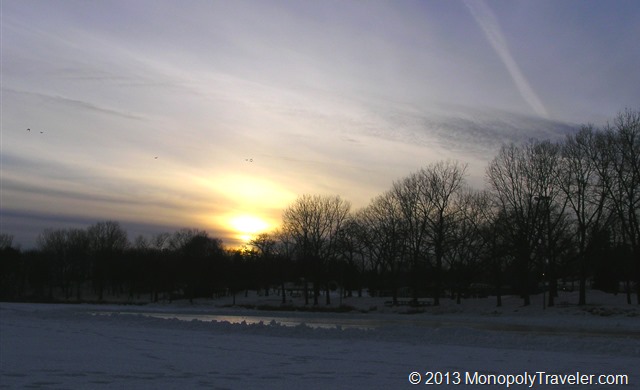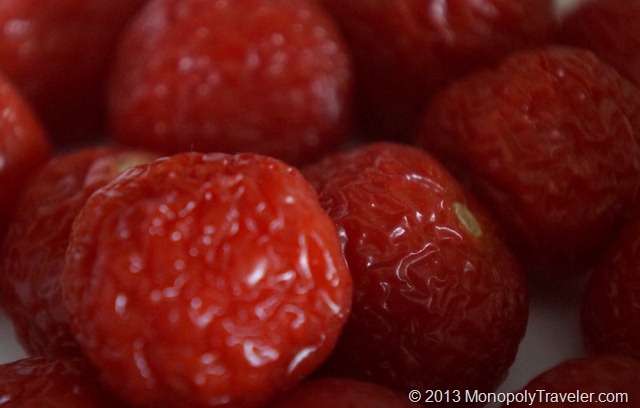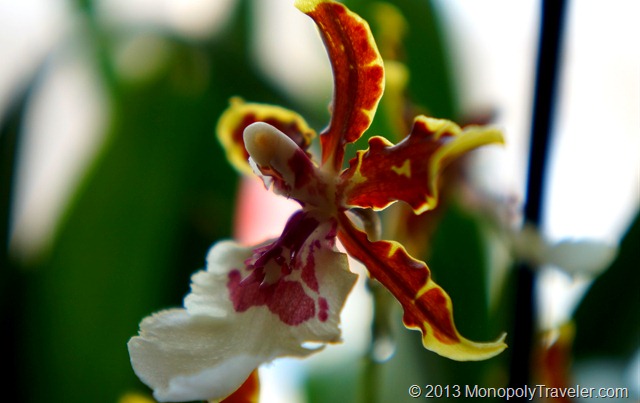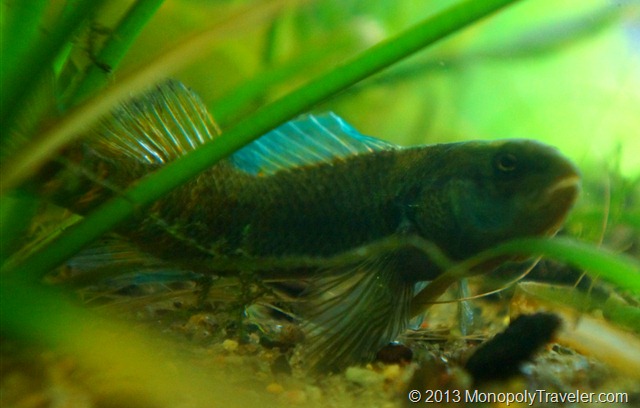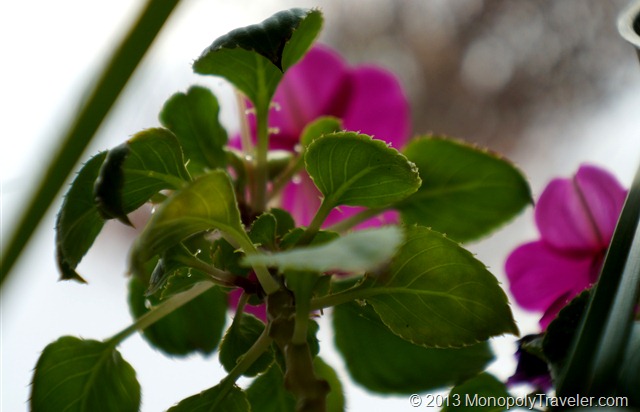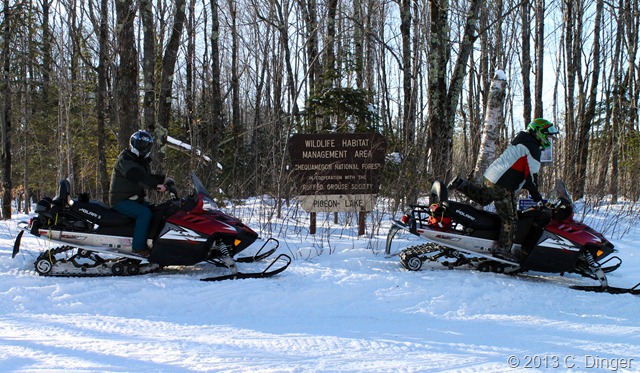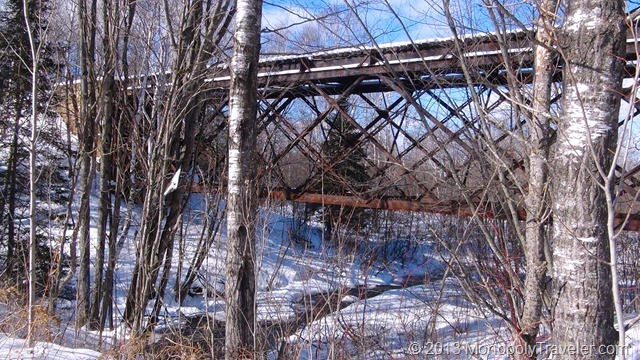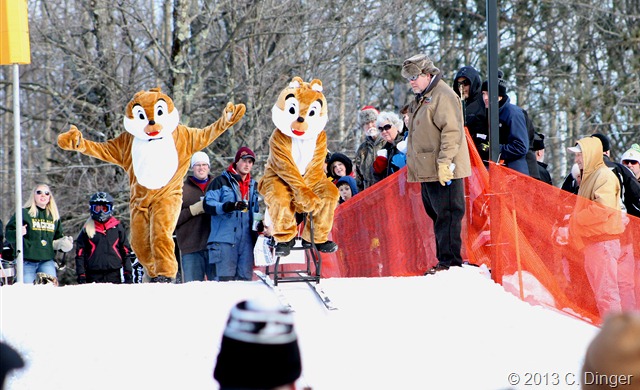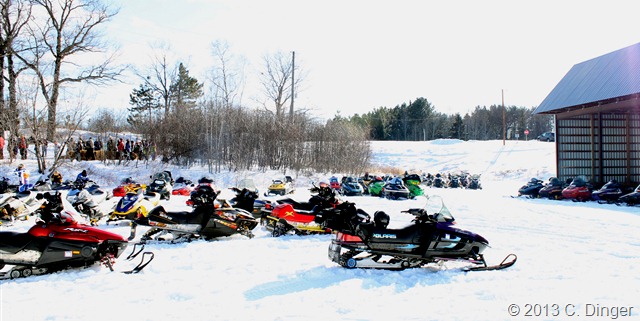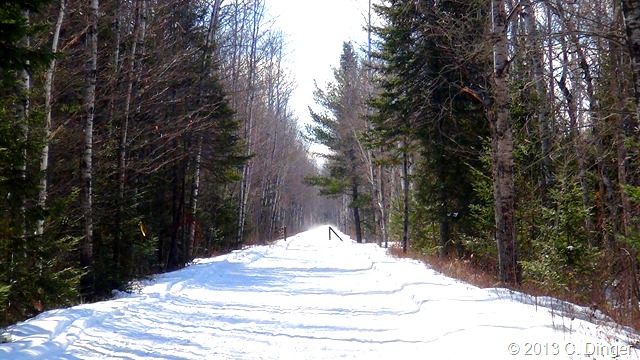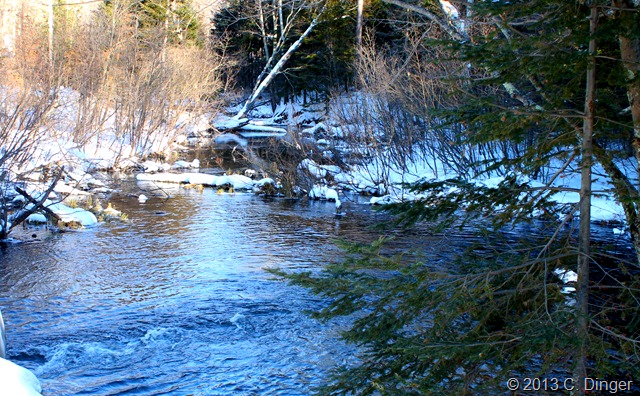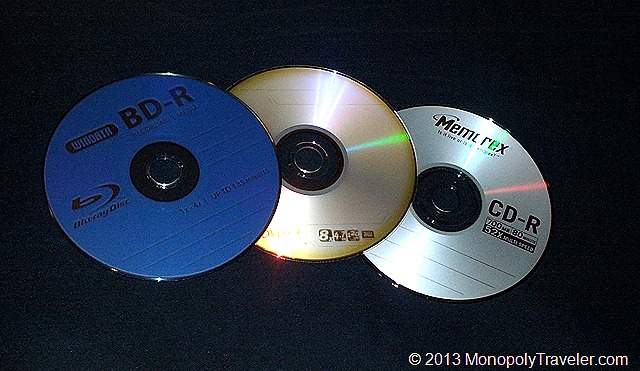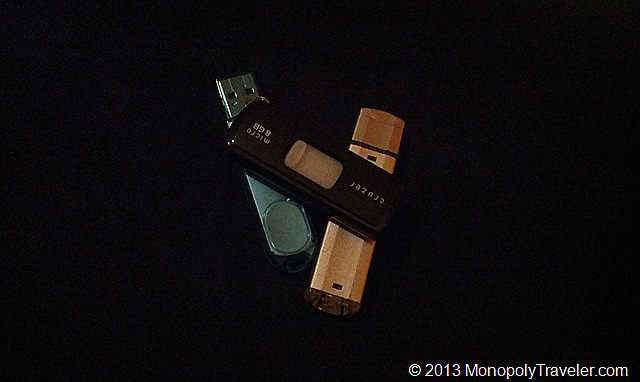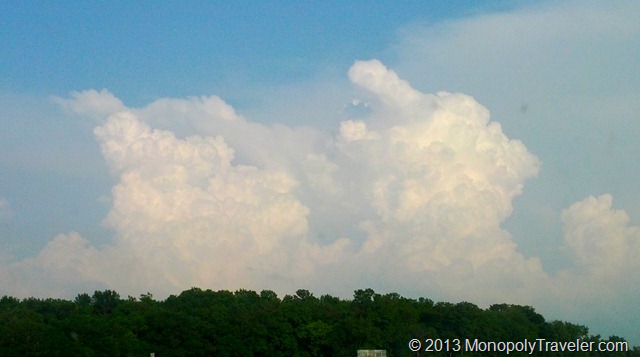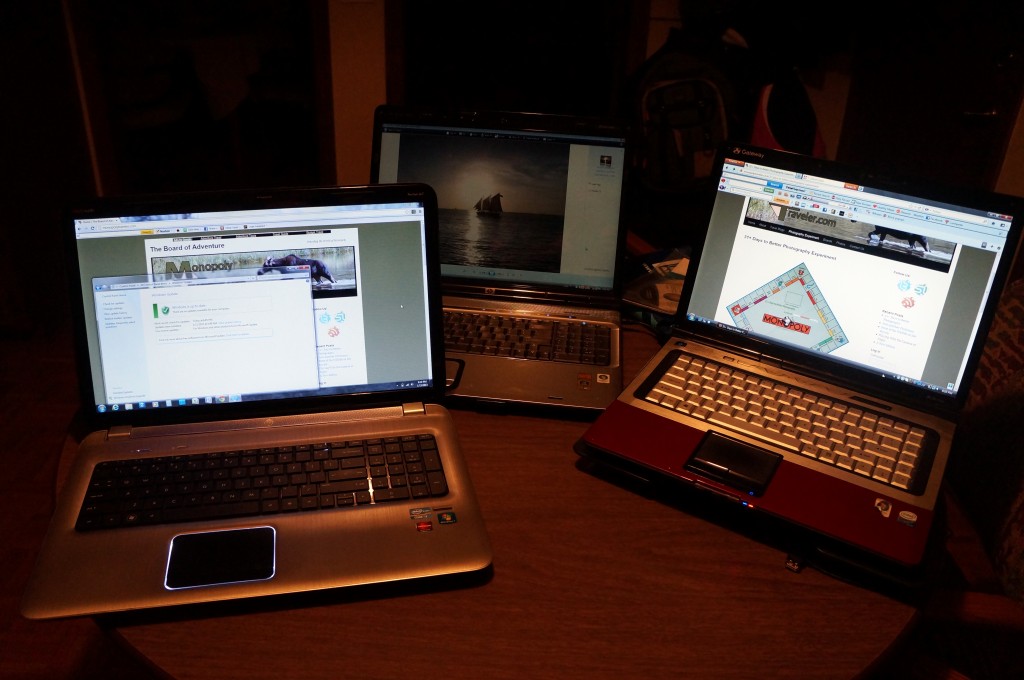While thinking about adventures in the Rockies or Isle Royale and dreaming of exploring the U.S. Virgin Islands for a week during the winter I decided to start the photography experiment. The first spot on the board is How Your Camera Works. As luck has it, girl scout cookies are now available and since I have two girl scouts I thought this was a great opportunity to use a few thin mints as photo subjects. In addition, is there a better treat during the football game of all games – the Super Bowl?
One of the experiments listed on this post by Peter Carey is to take 10 photos of one object and make each one different in some way. So here ya go:
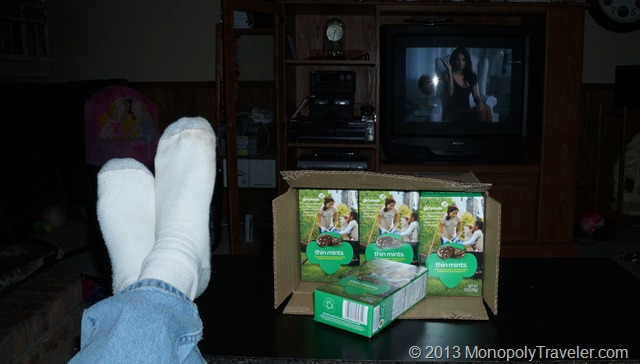
 The lighting while taking these was not great so I had the opportunity to play with the flash a little bit while watching Super Bowl commercials. The photo on the left is without the flash.
The lighting while taking these was not great so I had the opportunity to play with the flash a little bit while watching Super Bowl commercials. The photo on the left is without the flash.
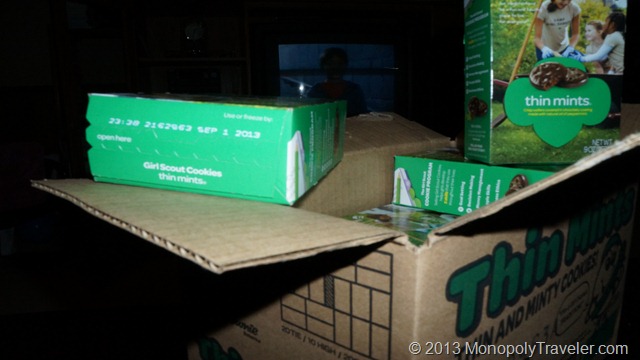
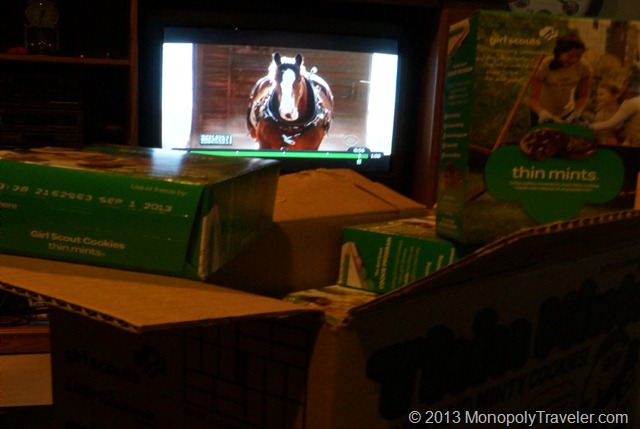
Looking for different perspectives. The low ambient light combined with light from the television makes for an interesting situation. Shooting in shutter priority seemed to give the best shot. Of course this could have been helped by using a tripod as the shutter was slowed down. Surprisingly this photo came out pretty clear.
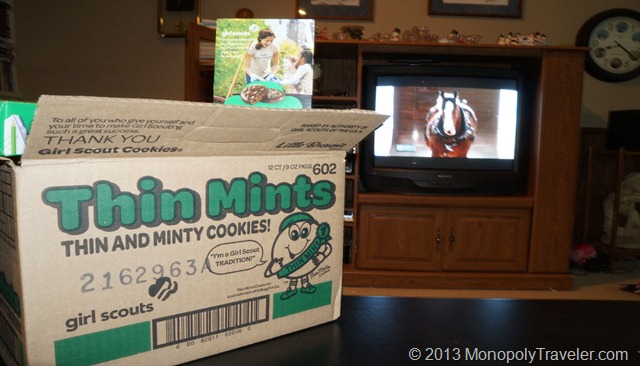
Adding in the flash and manual focus to the shutter priority improved the overall picture. While looking at the information of this one I noticed white balance was manual. Knowing that could bring a little better color. More to play with I guess.
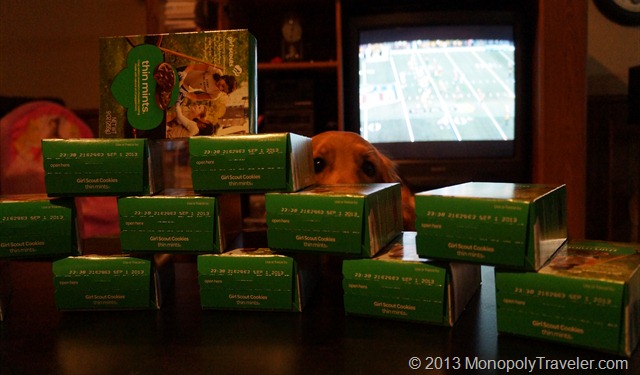
Looks like I’m not the only one looking for a snack of thin mints.
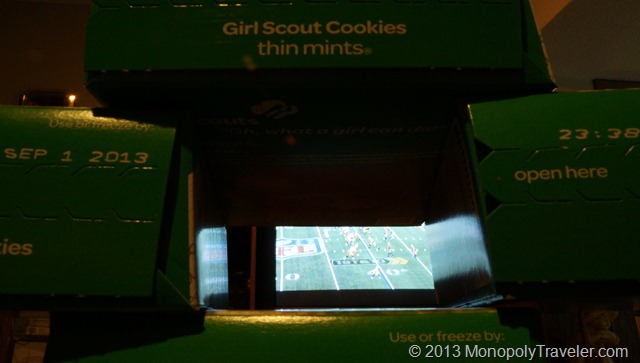
Watching the game with tunnel vision.
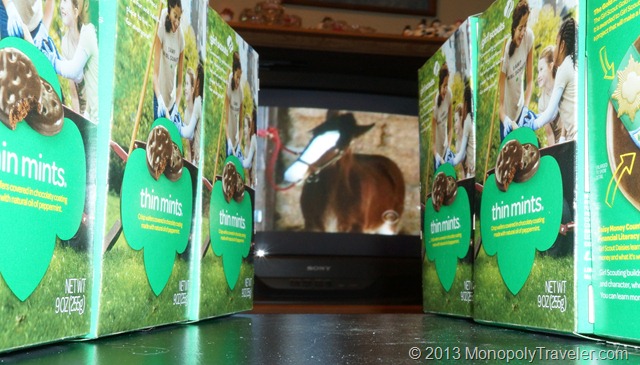
Adding flash to a different tunnel gives a whole different photo.
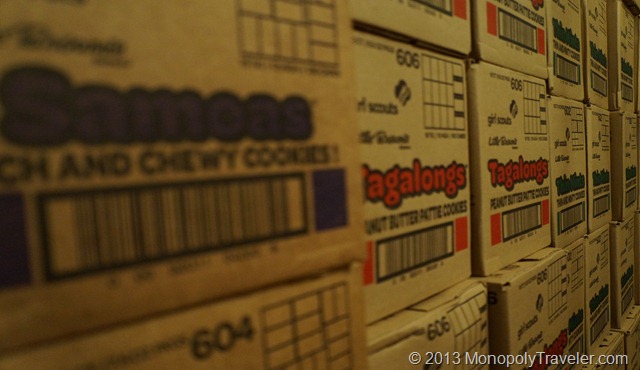
Adjusting the focus allows me to highlight different portions of this subject.
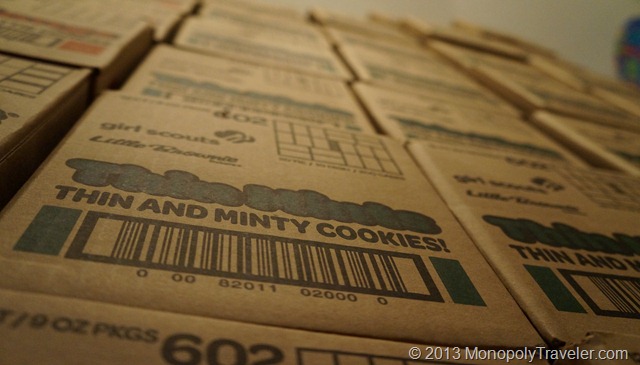
Shooting from the bottom. Not sure if I like it for this particular photo but it provides for a unique shot. There is one advantage with the camera I’m using, the LCD adjust so I don’t have to stand on my head for a shot like this.
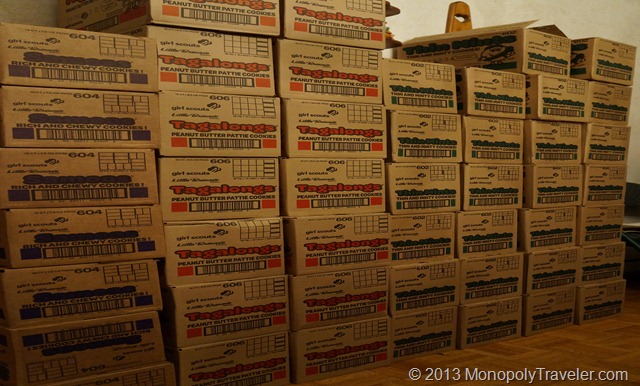
Does anyone know where to get girl scout cookies? I think it’s going to take me awhile to eat all of these. When I tell people I have walls of cookies at the house they’re not sure exactly what I mean. This is what I mean. Is this an indication of a girl scout cookie problem? They just keep multiplying.
As a side note, I did not alter these photos if you couldn’t tell. Digital processing comes later. This experiment just focused on learning more about the camera.

